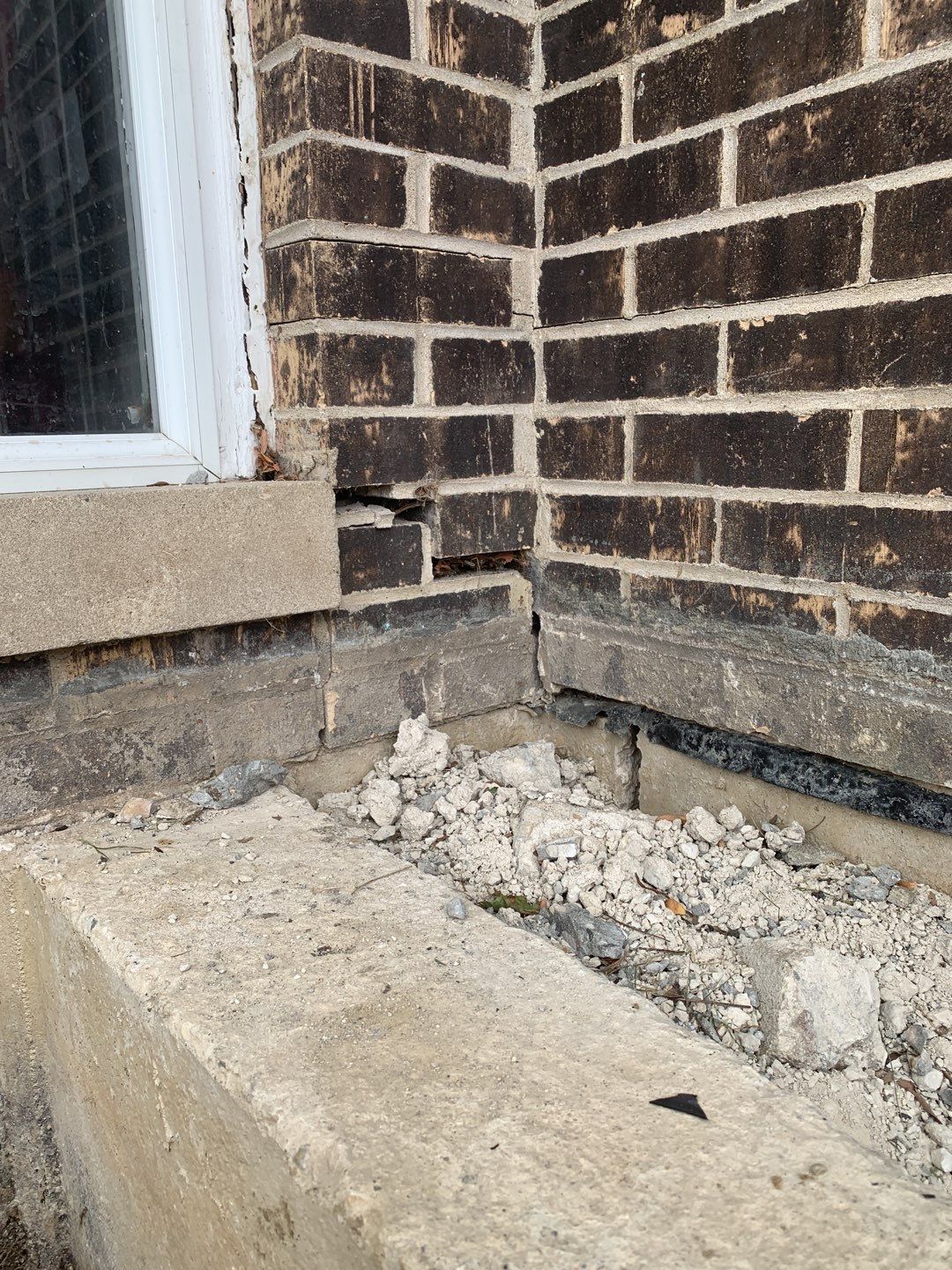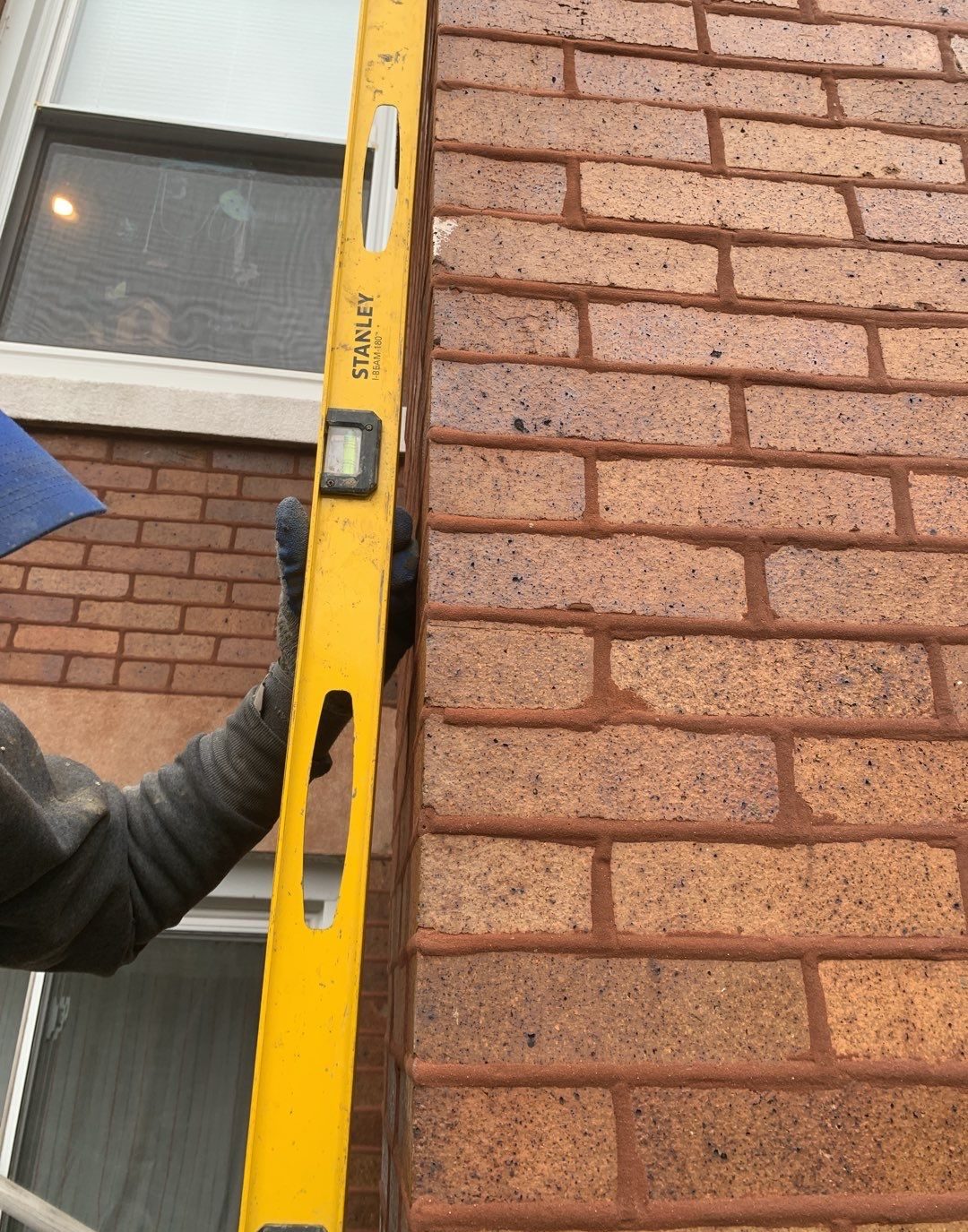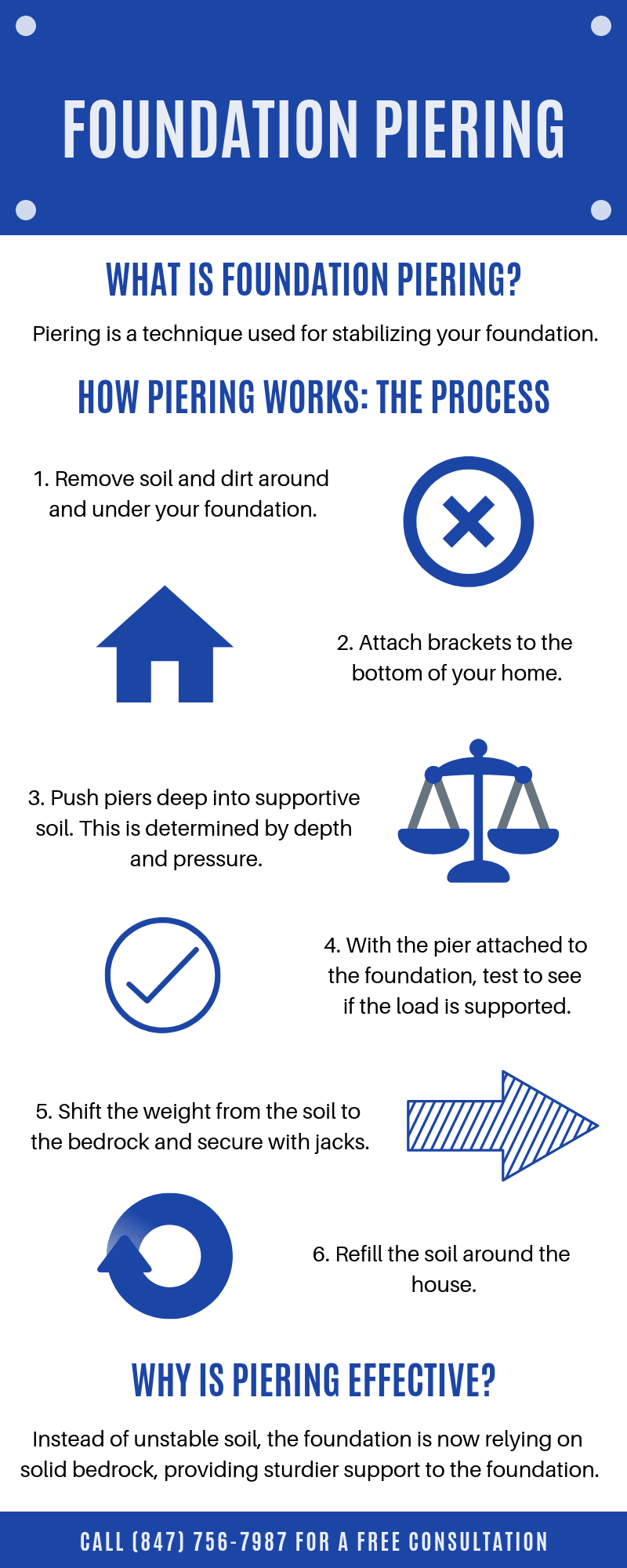Foundation settling can result in major damage and even your house collapsing if you don’t address the issue quickly. While all homes settle throughout their lifespan, if a home is built improperly or on unsteady soil, settling can really negatively affect the home and lead to serious problems. Luckily, there are several different routes you can explore in terms of foundation settlement repairs to fix your settlement problems.
What is Foundation Settlement?
So, what is foundation settlement, exactly? There are many reasons for foundation settlement and many different ways to diagnose it. The major cause for this is poor soil conditions at the home site. If the soil wasn’t compacted well before the home was built, voids will form in the soil and cause the foundation to sink into it. The soil can lose moisture over the years and shrink, resulting in looser pockets to support the foundation.
Going through extreme weather conditions can also impact foundation settlement. If a house experiences heavy rain and water then suddenly goes through a patch of dry and hot weather, this can result in the drying of the soil surrounding the house. With this being a big impact on the foundation, it is important to keep an eye on soil expansion, which can lead to this settlement. This condition can affect about one-fourth of houses in the United States. Poor construction and materials can also be a cause, but that is a less common issue.

Signs of Foundation Settlement
There are several telltale signs that your home is undergoing some sort of settling. It is important to react quickly as you can correct the problem with professional help. If you see any of these signs and decide to wait, your foundation may progressively get worse as time passes.
Are your windows or doors not opening or closing like they did when new?
This could be a clear indicator that your foundation is in the process of shifting and moving. As the foundation moves, your frames can move with them and become distorted making closing or opening windows and doors difficult.
Are there cracks forming on your foundation walls?
Cracks forming on foundation walls are usually the easiest sign to see that your foundation is shifting. Cracks in a forty-five degree angle can be a pretty clear notification that you may have to address foundation problems. If a crack is less than one-fourth inch, it most likely just needs to be sealed to avoid water leakage.
Can you visibly see parts of your home sinking?
Visibly seeing your home sinking is an obvious clue to foundation problems. Another indicator can be searching around the top of your house.
Are there cracks on the corners of door and window frames?
Finding cracks right above your window frames is a great way of discovering potential damage as well.
Is your drywall cracking?
Drywall cracking is a sign that your home’s foundation is settling. When a foundation settles, it brings the frame of the home with it, moving it off square. This can cause drywall cracking on ceilings and walls.
Is there water present in your basement?
Water in your basement can indicate that there is moisture leaking through cracks usually caused by hydrostatic pressure.
Are there bricks or blocks that are off centered?
Using a laser line, do the mortar joints look off? If so, this could be a sign that shifting is occurring.
Are your floors uneven?
Floors that are slanted can be caused by many factors including sagging beams or supports. However, it could also be a sign of foundation problems. If you are experiencing this, it would be best to have a professional inspect the flooring as soon as possible.
Floors that are slanted can be caused by many factors including sagging beams or supports. However, it could also be a sign of foundation problems. If you are experiencing this, it would be best to have a professional inspect the flooring as soon as possible.
If you end up discovering one or more of these signs, it might be time to consult with an expert. Our trained professionals are on hand to access any damages and to give their opinion on the best solution moving forward.
How to resolve these issues through foundation settlement repair
There are plenty of options to choose from when it comes to resolving foundation settlement issues. One is foundation piering. Piering can help by raising and supporting the sinking foundation. Trained professionals would come in and dig up the soil surrounding and underneath the home. Afterwards, supports would be added, either pushed or screwed into the bedrock or more supportive soil below to provide and distribute the weight of the foundation, creating a more stable result. There are also temporary fixes such as filling in any cracks that are present. However, the cracks can continue to worsen and expand over time, so it is recommended to fix the foundation issues instead. Carbon fiber reinforcement straps can also be used to remedy the bowing of your walls. This is the recommended option as it requires little maintenance, can be finished within a day, and is a low-cost project. Although this solution may seem fairly easy, it is still advised to allow professionals like The Real Seal to handle application and installation of the straps.
How do I know if I need foundation piering?
When a house rests upon unstable soil, you may require some sort of foundation repair piering to fix the problem. Unstable soil can occur when there’s not enough moisture in the dirt, causing the dirt to shrink and become loose. With a loose footing around the foundation, your walls can become unstable and develop cracks, shifts, and other signs of sinking. Another cause can be when soil around the home expands because of moisture. This puts pressure on the walls and can create problems such as cracking and leaks.
How do I know if I need foundation piering?
There are several signs that could indicate that you are in need of foundation piering. It is important to keep an eye out for these indicators to ensure that the damages don’t get out of hand.


- Cracking of walls shows that your foundation may be shifting and requires attention.
- Do you see your walls bowing or leaning? Using a laser level, you can see if your walls are in line or moving. If they are moving, you may be a candidate for a foundation piering system.
- The Leaning Tower of Pisa is a great example of having foundation problems (before being corrected to stabilize the building). However, if you notice your chimney starting to lean, this may be a problem that you want to examine more in depth.
- Are your floors moving or sloping? You may need a professional to evaluate your home.
- If you can’t open or shut your windows or doors properly, helical foundation piering may be required.
- If your porch seems further than it used to be, it might be because the porch is getting pulled away from your home.
A clear indicator is when you see vertical movement of your home. With the right attention, you can catch foundation issues before they get out of control. If you are searching for a resolution for sinking problems, foundation repair piering can be a great option to pursue.
What are foundation piers and what are they used for?
Using a foundation pier is a great solution for fixing sinking foundations. When a house foundation is sinking or settling, there is a technique used to raise the foundation back to its original spot and secure it there by piering. A series of steel pipes are driven deep into the ground to resistance or bedrock. Once the pier is driven down to rock or a more suitable sub layer of soil, the pier is attached to the foundation with metal and tested to see if the load will be supported. The foundation is lifted back into place with jacks and everything is secured to keep the foundation from moving.
The purpose of foundation piering is to ensure the foundation is not relying on unstable soil. By placing the weight of the house on solid bedrock or better soil, you are able to provide better and sturdier support to the foundation.
Installing foundation piers can be a long process. First, the dirt and soil around and under your foundation will be removed. After, brackets are attached to the bottom of the house. The piers are then pushed into the bedrock or more stable soil to provide the sturdiness needed. With the steel brackets connecting to the piers, we are able to shift the weight of the home from the soil to the piers, resulting in a more stable foundation and resolving any sinking or settling issues. After, we can back fill the soil around the home.
What are the Advantages of Piers and The Real Seal’s Methods?
Piers have proven to be a safe and reliable way to correct and prevent further foundation settling. And they are our preferred method due to many reasons. The benefits of using piers to repair a foundation are as follows:

Cost
Low overall cost compared to other methods
Convenience
You can continue to live or work in the structure while the piers are put in place allowing you to resume your daily tasks without interruption
Efficiency
Piering can level the house and secure its position from future settling all at once
Helical Piers
Helical Piers, also known as anchors, piles, or screwpiles, are another type of piering that we use that work like a corkscrew, drilling their way into your soil. By using a helical pier, we’ll have a fast installation that can support weight immediately. The pre-engineered system is easily modified in the field. Helical Piers do not require large excavation work, only threading into the ground by themselves. These helical piers can be installed in any weather since they are driven hydraulically. These piers can also be used in areas with higher water tables and weak surface soils.
Due to its extensive and complex installation, it is best to contact trained and experienced professionals to complete the project for you.
At The Real Seal, LLC, we are dedicated to ensuring your home’s foundation is able to stand the test of time.
For more information about the various types of foundation settling repair services we offer throughout the Chicagoland area, call us at 847-713-1630.
What Is the Cost of Helical Piers?
Helical Piers are generally used in new-construction and low-weight situations in order to support a structure or a structure to-be-constructed. Helical Piers generally require excavators in the case of existing structures and survey companies in the case of new construction. Depending on the application, the costs can vary.
Click the link below to view our pricing sheet:
Real Solutions; The Real Seal
Have a question about your home foundation or see signs of potential damages occurring? When it comes to fixing major foundation settling problems, nobody provides better solutions than The Real Seal. One of our trained professionals will evaluate any damages that may be present and provide available options that would be best to resolve the problem through our foundation settling repair services. For smaller cracks, it may best to ensure that you keep an eye out on if they widen over time or other cracks begin to form. If you’re experiencing some of these symptoms, you should give us a call and we can figure out the problem and let you know how we can fix it. Don’t ignore the problem and have it get worse over time. Early treatment will prevent major issues from forming. Save money and potentially your house by giving us a call and letting us help correct your settled foundation today!
At The Real Seal, LLC, we are dedicated to ensuring your home’s foundation is able to stand the test of time. For more information about the various types of foundation repair services we offer, call us at 847-396-9532.
REQUEST A FREE ESTIMATE

DOWNLOAD OUR FREE GUIDE
We created a guide titled:
“A Homeowner’s Guide to Basement Waterproofing” to help you spot common basement issues around your home and learn how to fix them. Enter your email and get the free guide.


